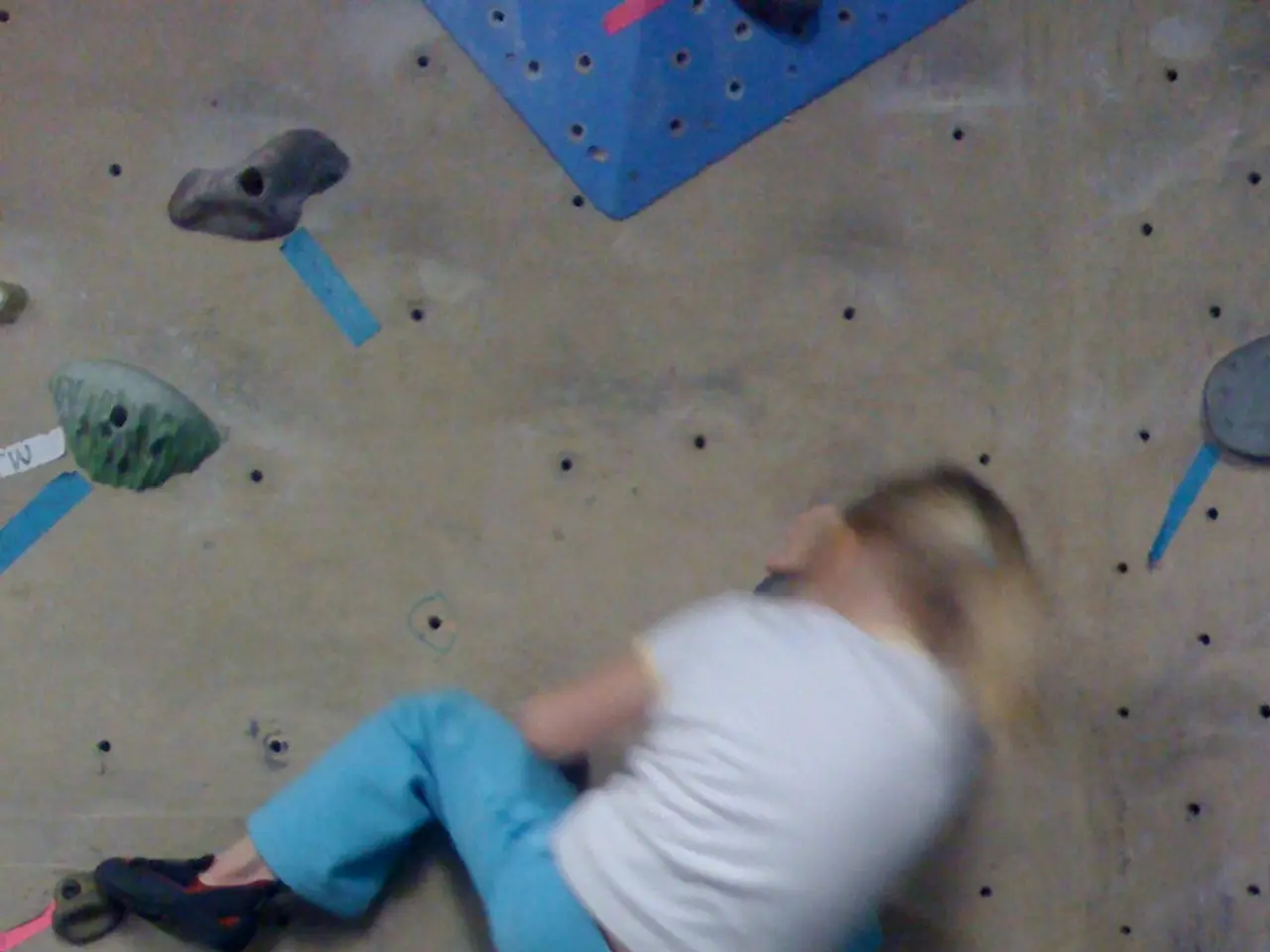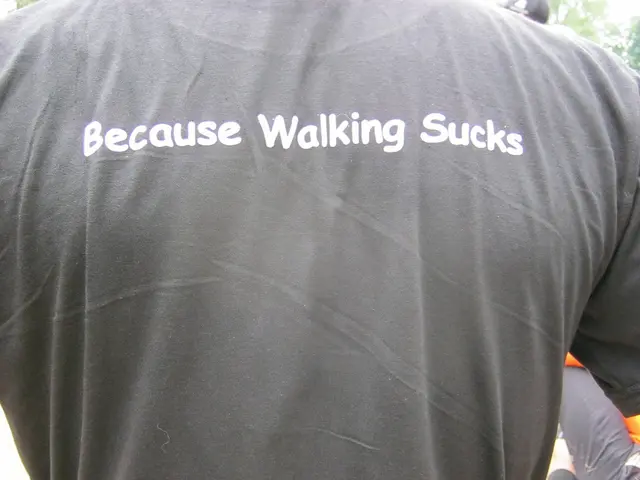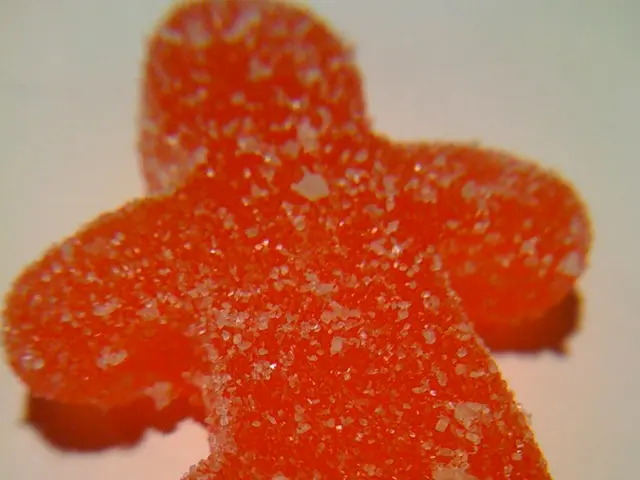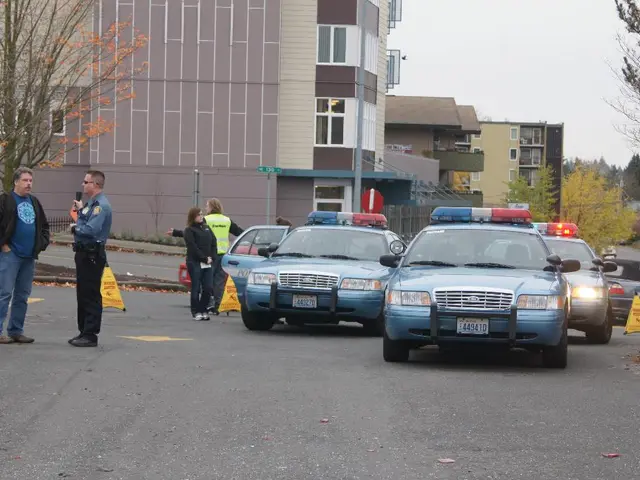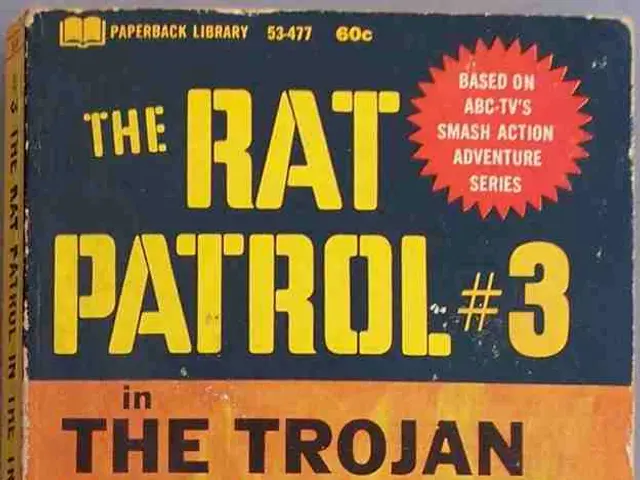Unique Challenges and Treatment Strategies for Pediatric Talus Fractures
Talus fractures, although less common in children than in adults, can pose significant challenges due to the unique anatomy and growth characteristics of young bones. These fractures, which affect the key component of the ankle joint, can lead to chronic pain, long-term disability, and potential growth complications if not treated promptly and properly.
Unlike adult bones, children's bones are more pliable and have growth plates, areas of cartilage that allow bones to grow. This means that fractures in children often occur through the growth plates or involve the epiphyseal regions, potentially affecting bone development. In contrast, adult bones are more rigid and prone to fractures through solid bone structures.
Talus fractures in children are typically caused by trauma, such as falls from heights, severe twists during sports activities, car accidents, or high-impact sports injuries. Symptoms include severe pain in the ankle or foot, especially with weight-bearing activities, swelling and bruising around the ankle, difficulty moving the ankle or walking, and, in rare cases, deformity in the ankle.
Initial treatment for a talus fracture in a child often involves immobilising the ankle using a cast or splint to prevent movement and allow healing. Medications may be prescribed to manage pain and inflammation, and rest, ice, and elevation are recommended to reduce swelling and promote healing.
In some cases, surgery may be necessary to correctly align the bones, especially if there is significant displacement or if the fracture involves the joint surface. Post-operative care is crucial to manage potential complications, such as infection.
Long-term monitoring of a talus fracture in children is important to ensure that growth is still occurring normally, as growth plate involvement can lead to potential long-term complications, such as limb deformities, if improperly treated.
Avascular necrosis, a significant complication in talus fractures, especially in children, can halt the proper development of the ankle joint, leading to chronic pain and long-term disability. Therefore, prompt medical attention for any ankle injuries in children is crucial to ensure a successful recovery and prevent potential complications.
In conclusion, talus fractures in children are unique due to their impact on growth and development. Proper care and prompt medical attention are essential to ensure a successful recovery and prevent potential complications.
In light of a child's unique bone structure, fractures like talus fractures can potentially impact their health and wellness more significantly than adults, as these fractures can involve growth plates and affect bone development. Moreover, if left untreated, talus fractures in children can lead to long-term medical conditions such as avascular necrosis, chronic pain, limb deformities, and long-term disability.
